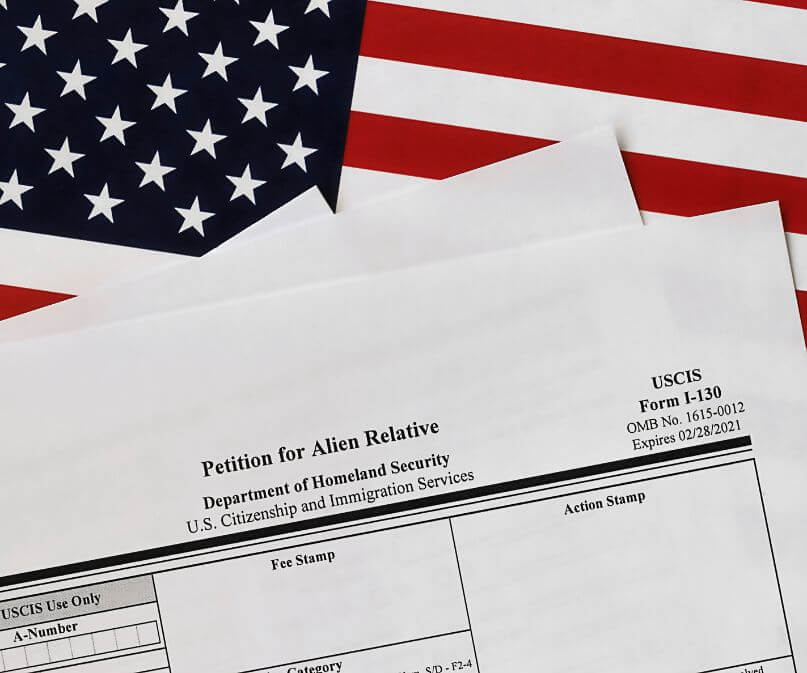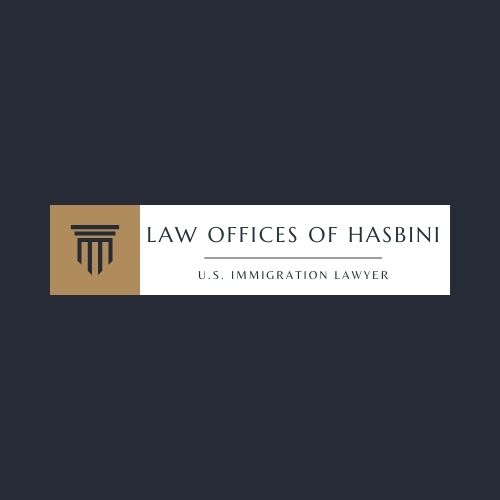
The I-130 Petition: Information for Family Sponsors
Learn how the I-130 fits into the family immigration application process, and other topics that commonly cause confusion.
Form I-130, Petition for Alien Relative, is the well-known application form used by U.S. immigration officials to process family-based immigrant visa petitions. U.S. citizens and permanent residents wishing to sponsor relatives so that they can become U.S. permanent residents will use this form to start the process. As with all aspects of U.S. immigration, there are a few easily missed details about the I-130 that can make or break your application. This is an overview of some of the more important issues you should note.
You can download the form from USCIS to use as a reference while you read this overview.
Is Form I-130 the Only Form I Need to File?
Not exactly. In fact, Form I-130 is really only one-half of the process of securing permanent residence for a relative. Applying for permanent residence requires two main steps: 1) a U.S. citizen or lawful permanent resident files an immigrant visa petition, using Form I-130, on behalf of a relative who has one of the qualifying relationships to the petitioner under the law; and 2) if that I-130 petition is approved and a visa number has become available (there’s a wait in some categories), the qualifying relative (the beneficiary) applies for permanent residence either at a U.S. consulate or through a process called Adjustment of Status if they’re already in the U.S.
If you or your relative seek to apply for family-based permanent residence, bear in mind that Form I-130 is only the first step! Even if your I-130 petition is approved by immigration officials, that approval on its own does not confer permanent residence, nor any right to live or work in the United States. The approval does confirm that U.S. immigration recognizes that you and your relative have one of the qualifying familial relationships necessary for family-based permanent resident sponsorship. This also means that you need to file separate I-130s for each qualifying relative you intend to sponsor.
What Documents Do I Really Need to Show?
This question is somewhat difficult to answer, as the types of family relationships and situations that satisfy the requirements for permanent resident sponsorship vary greatly. Here are a few key tips to keep in mind when putting together your I-130 materials.
Evidence of U.S. Immigration Status Qualifying You to Be a Petitioner
One of the most critical things you must show when filing an immigrant visa petition for your relative is that you are a U.S. citizen or lawful permanent resident yourself. This can be more complicated than it sounds! Because of changes made since September 11, the standards for proving your status have become harder to meet.
If you are a permanent resident sponsoring a relative, you can submit a clear photocopy of the front and back of your Form I-551 Permanent Resident Card to start, but any other documents you have showing your permanent residence are also helpful. Submit copies of your current passport, along with the Form I-797 approval notice of your permanent residence or your immigrant visa stamp.
If you are a U.S. citizen, the usual documents to show are a copy of your valid U.S. passport, a copy of your government-issued birth certificate, or a copy of your naturalization certificate. However, many U.S. citizens do not have a valid passport or even a birth certificate. Immigration officials will accept what is called secondary evidence in this situation. You will need to contact the Department of Health in the U.S. state or territory where you were born and request a Letter of No Record (to show no birth certificate was created) along with early birth documents, such as a baptismal certificate, a hospital birth certificate, census records, early school records, family bible records, or sworn affidavits from persons having knowledge of your U.S. birth.
Above all else, you should give U.S. immigration officials clear and credible evidence of your U.S. citizenship or permanent residence. Contact an immigration attorney if you have questions about your specific situation.
Evidence of Your Qualifying Relationship to the Would-Be Immigrant
Proving that you have a qualifying relationship with the relative you are sponsoring is also extremely important. Overall, you will want to show U.S. immigration officials clear, credible, and understandable evidence of your familial relationship. The sheer variety of different relationships that qualify under the law makes it impossible to concretely list the documents you will need, but here are some key pointers.
-
Make a good paper trail.
You want to give immigration officials an easy paper trail to follow so they can see that you and your relative are indeed related. For example, if you are sponsoring a brother or sister, you will want to submit copies of your
birth certificate, your relative’s birth certificate, and the marriage certificate of your parents. The combination of these materials can show immigration officials that you and your relative have common birth parents, thus making you siblings.
-
Use official copies.
All certificates you submit should be government-issued, certified copies if possible. The birth certificates should also be long-form in format. Long-form simply means that the certificates list not only the name of the person but also the full names of the person’s birth parents and the date and place of the birth.
-
Confirm whether your country is recognized as being unable to provide adequate records.
The U.S. government recognizes that many countries have incomplete or even nonexistent recordkeeping for families. The U.S. Department of State has guidance for specific countries in these situations.
-
Break through language barriers.
Assume that U.S. immigration officials cannot understand any language other than English. Any family documents you submit should be translated into English if they are in another language. You can obtain certified English translations of documents from a wide number of companies in the U.S. that specialize in translation services. Such translations are well worth the cost.
What’s This I-864 Form?
Part of a sponsor’s responsibilities include a promise to the U.S. government, and to the immigrating relative, that the sponsor will financially support the relative if necessary. Immigration law says that immigrating relatives cannot become public charges dependent on public assistance. If you are sponsoring a relative for permanent residence, you will have to file Form I-864 with or after the I-130 to fulfill this financial promise.
Form I-864 is not just a formality. This form is a legally binding contract between you, your relative, and the United States. If for some reason your relative does acquire permanent residence but is not able to support himself or herself financially in the U.S., you can be held liable for providing financial support.
Based in San Diego, San Marcos and San Bernardino, San Diego I-130 Family Immigration Petitions Lawyer Habib Hasbini, Attorney at Law and his associates at Law Offices of Hasbini specialize in immigrant and non-immigrant visa processing, U.S. permanent residence, green card, working visas, H-1B’s, business and investment visas, naturalization, corporate and business immigration, political asylum, as well as deportation and removal matters.
San Diego I-130 Family Immigration Petitions Lawyer Habib Hasbini and his associates truly understand what it takes to get our clients the legal help they deserve. By remaining open and honest with our clients, we are consistently able to provide the highest quality of care and service. We are familiar with the emotional investment clients make in the immigration process. San Diego immigration defense lawyer Habib Hasbini and his associates combine personal experience, knowledge of the immigration system, and extensive legal experience to provide the immigration services you need.

